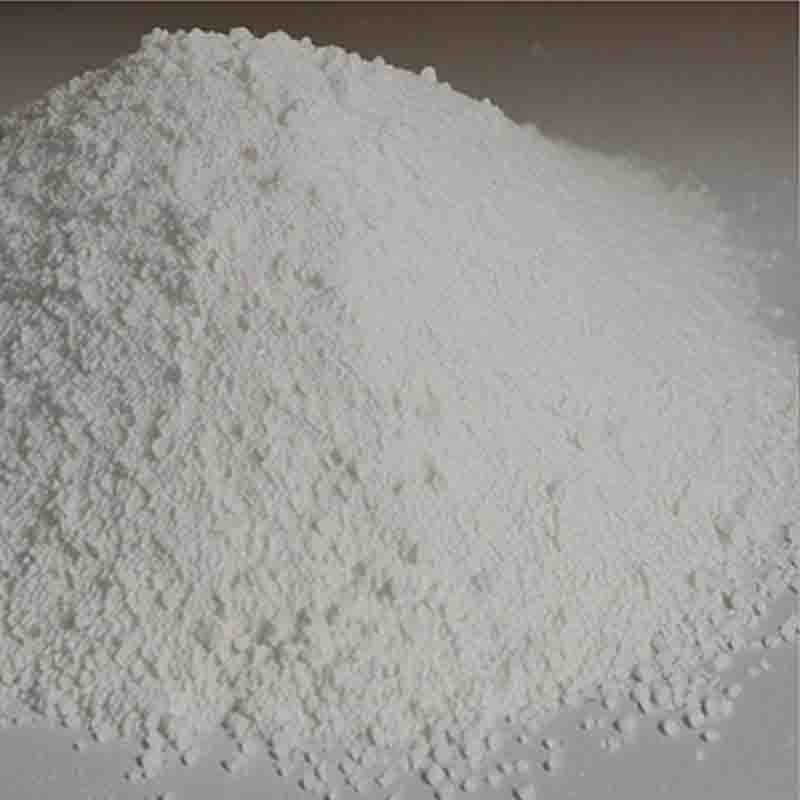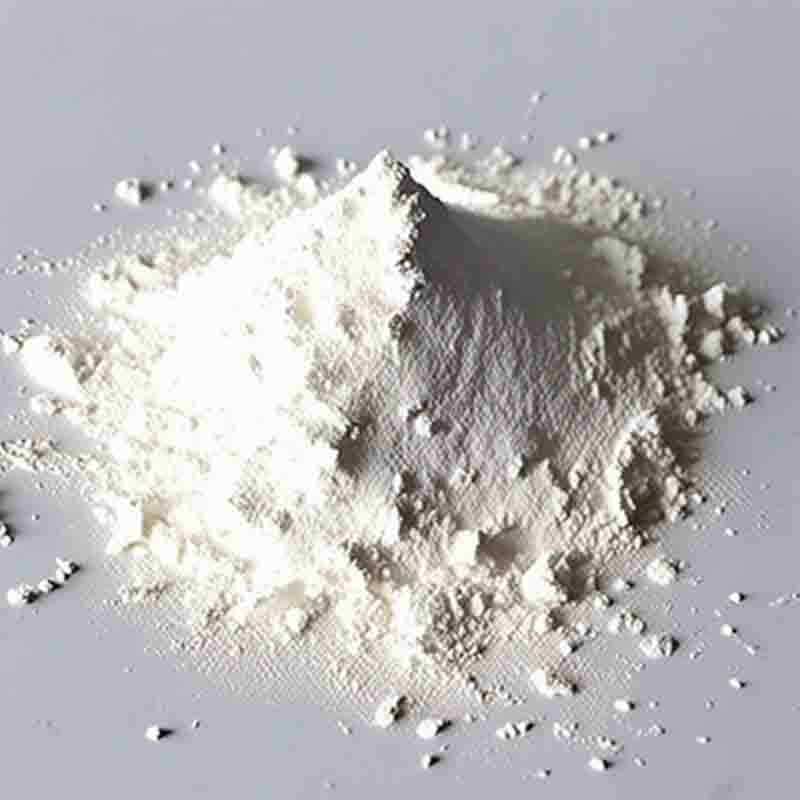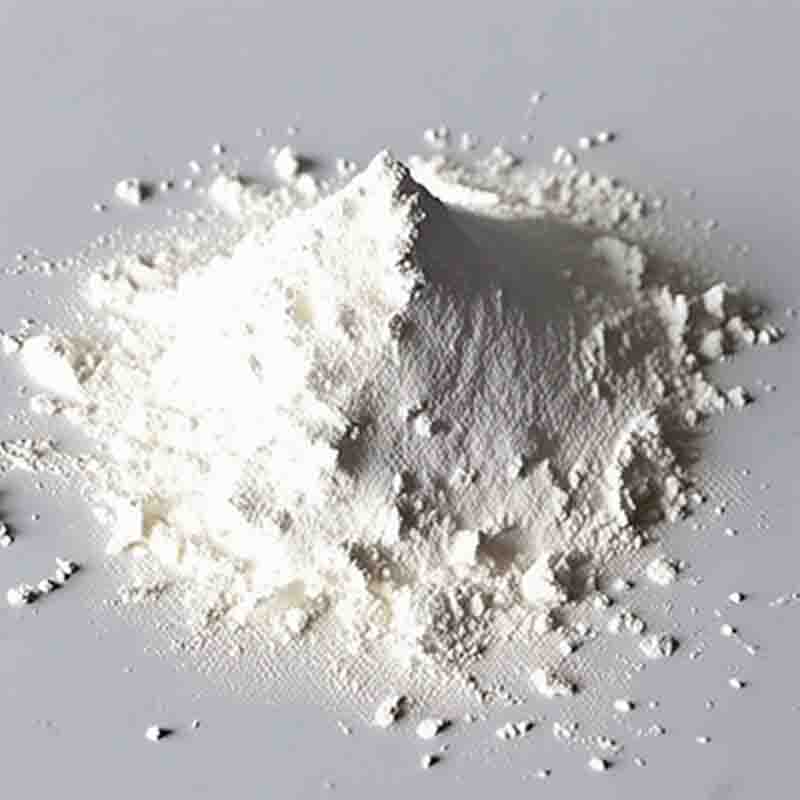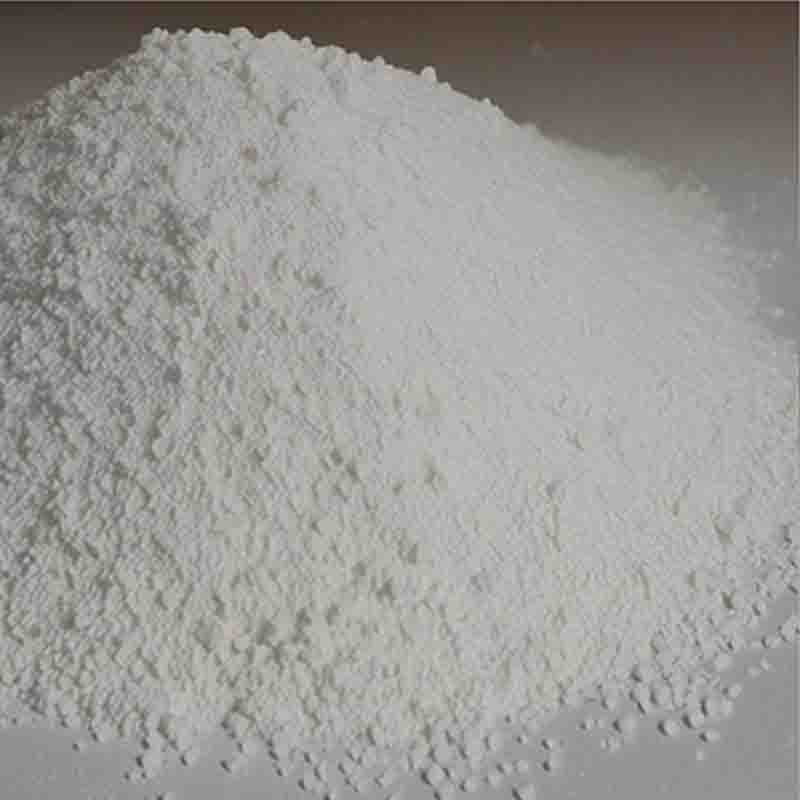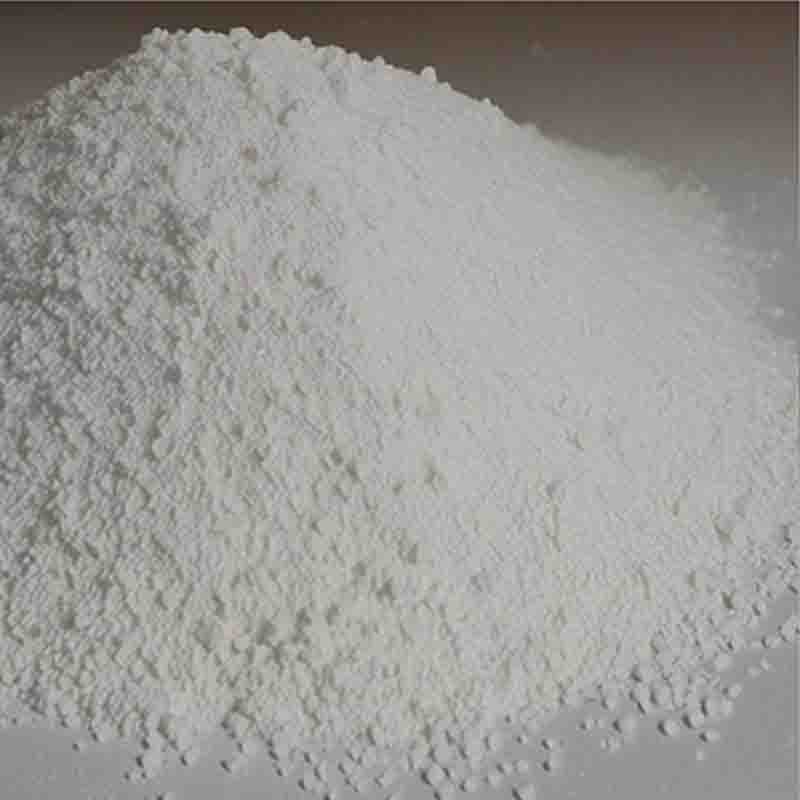6-methyl-1H-indole CAS:3420-02-8
| Catalog Number | XD95493 |
| Product Name | 6-methyl-1H-indole |
| CAS | 3420-02-8 |
| Molecular Formula | C9H9N |
| Molecular Weight | 131.17 |
| Storage Details | Ambient |
Product Specification
| Appearance | White powder |
| Assay | 99% min |
6-Methyl-1H-indole is a chemical compound that belongs to the indole family. In this 300-word explanation, we will discuss the effects and potential uses of 6-Methyl-1H-indole.One of the main effects of 6-Methyl-1H-indole is its involvement in the synthesis of various organic compounds. It serves as a precursor in the production of indole-based compounds with diverse applications. For example, 6-Methyl-1H-indole can be used as a building block in the synthesis of pharmaceutical drugs, agrochemicals, and other important industrial chemicals. Its unique chemical structure and reactivity make it a valuable starting material in organic synthesis.Furthermore, 6-Methyl-1H-indole has been found to exhibit biological activities. Research suggests that it possesses antimicrobial properties and can inhibit the growth of certain bacteria and fungi. These antimicrobial effects make it a potential candidate for the development of new antibiotics or antifungal agents. Further investigation is needed to explore its mechanism of action and assess its efficacy in different applications.In addition to its antimicrobial effects, 6-Methyl-1H-indole has displayed potential anticancer properties. Studies have shown that it can inhibit the proliferation of cancer cells and induce apoptosis, or programmed cell death, in certain cancer cell lines. This suggests its potential as an anticancer drug candidate. However, more research is required to fully understand its mechanisms of action and to evaluate its effectiveness in vivo.Moreover, 6-Methyl-1H-indole has been implicated in the odor and flavor profiles of certain natural products. It is a key component of the complex mixture responsible for the characteristic smell and taste of jasmine flowers. The compound is also found in various food sources, such as coffee and chocolate, contributing to their unique flavors. Understanding its role in these sensory experiences can aid in the development of synthetic fragrances or flavor enhancers.In conclusion, 6-Methyl-1H-indole exhibits a range of effects and potential uses, including its role as a precursor in the synthesis of organic compounds, its antimicrobial and anticancer properties, and its contribution to scent and flavor profiles. Further research is needed to fully explore and harness the potential of this compound in various applications. With continued investigation, 6-Methyl-1H-indole could have significant implications in pharmaceutical, agricultural, and fragrance industries, as well as in cancer research.




